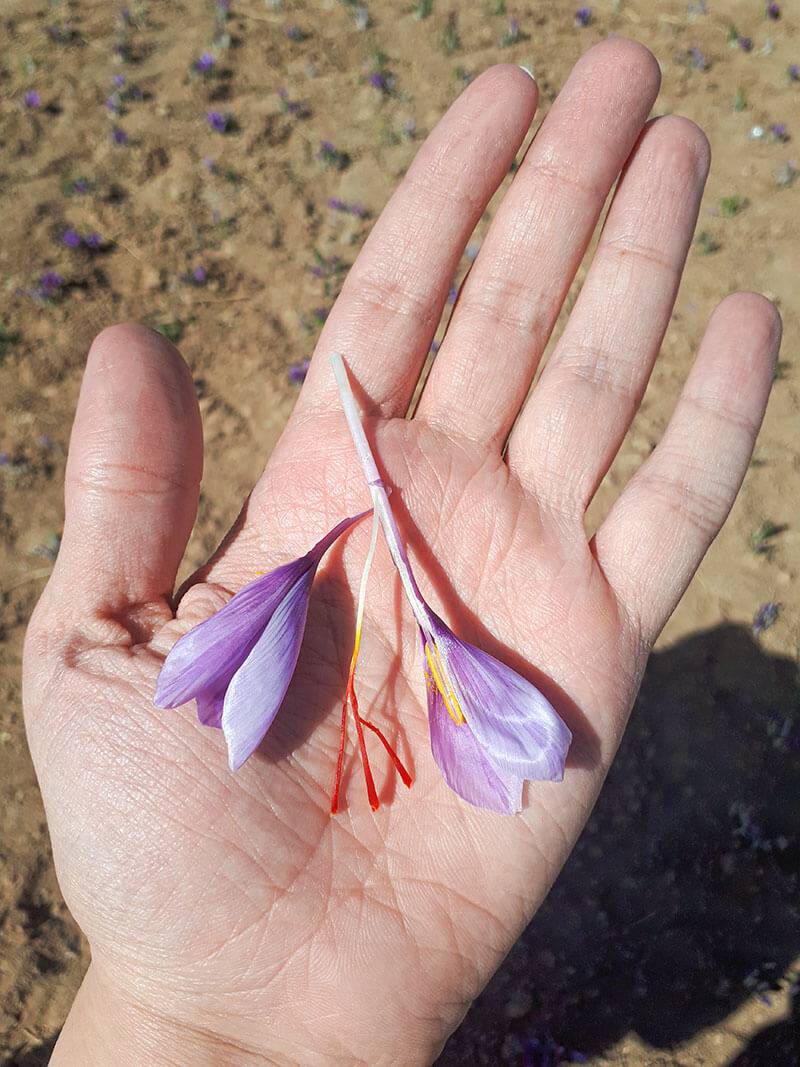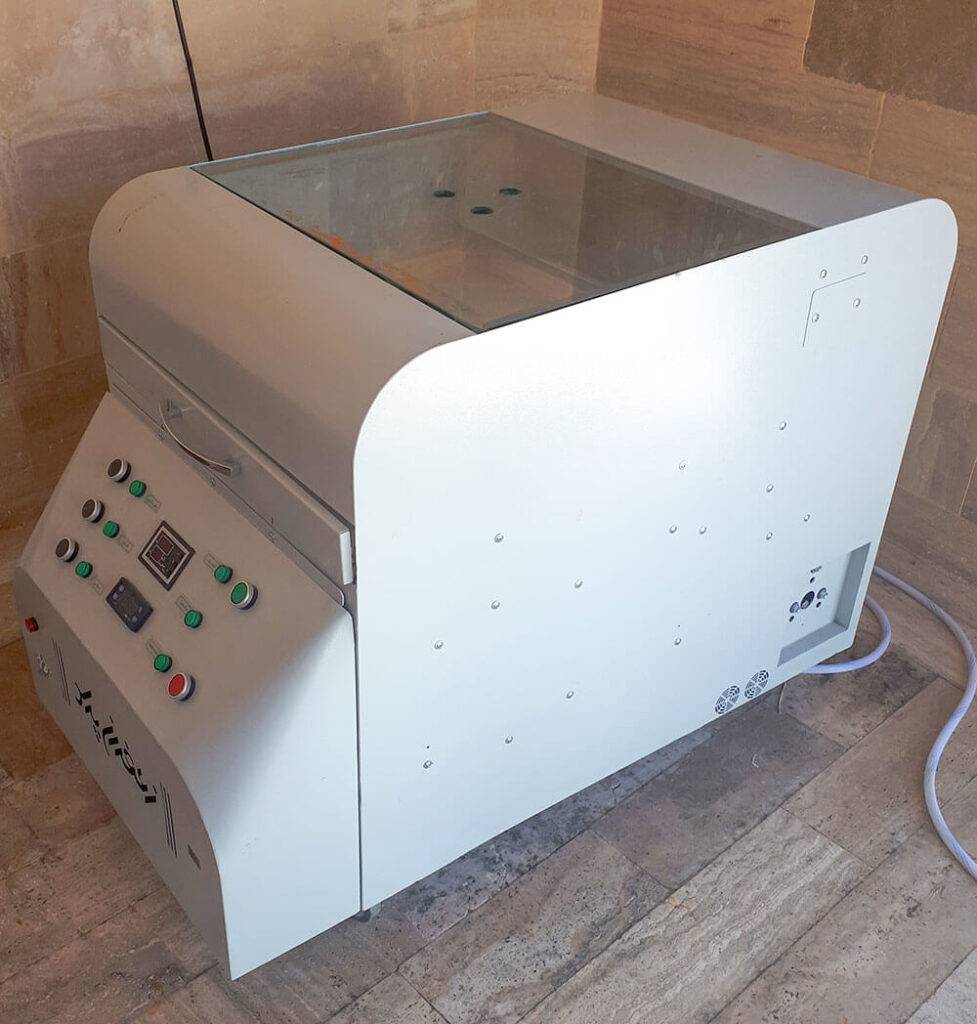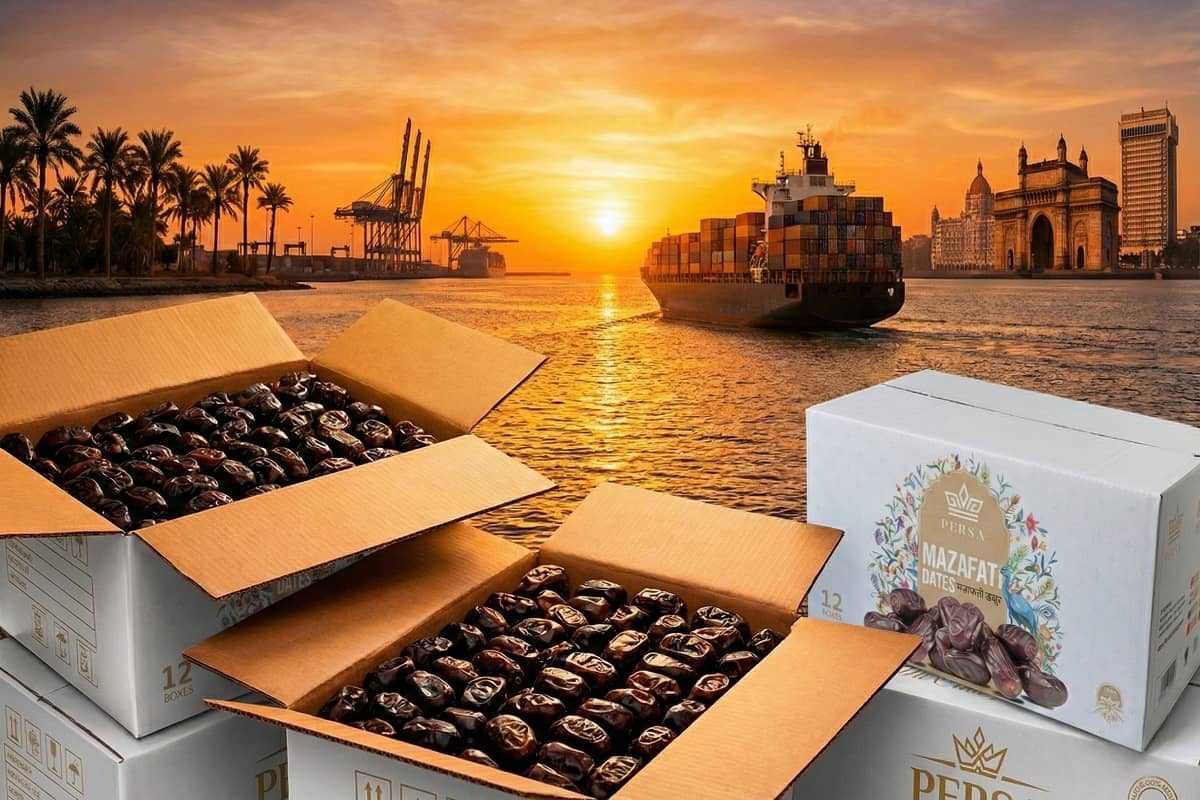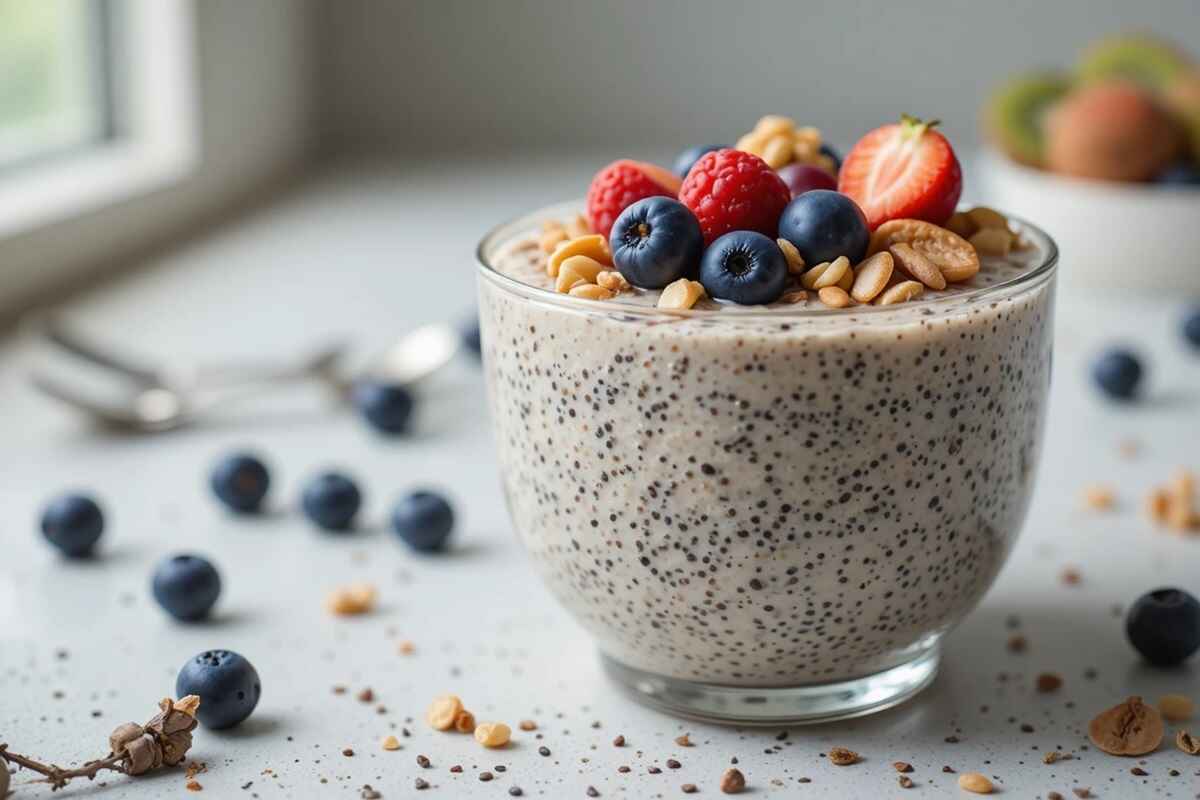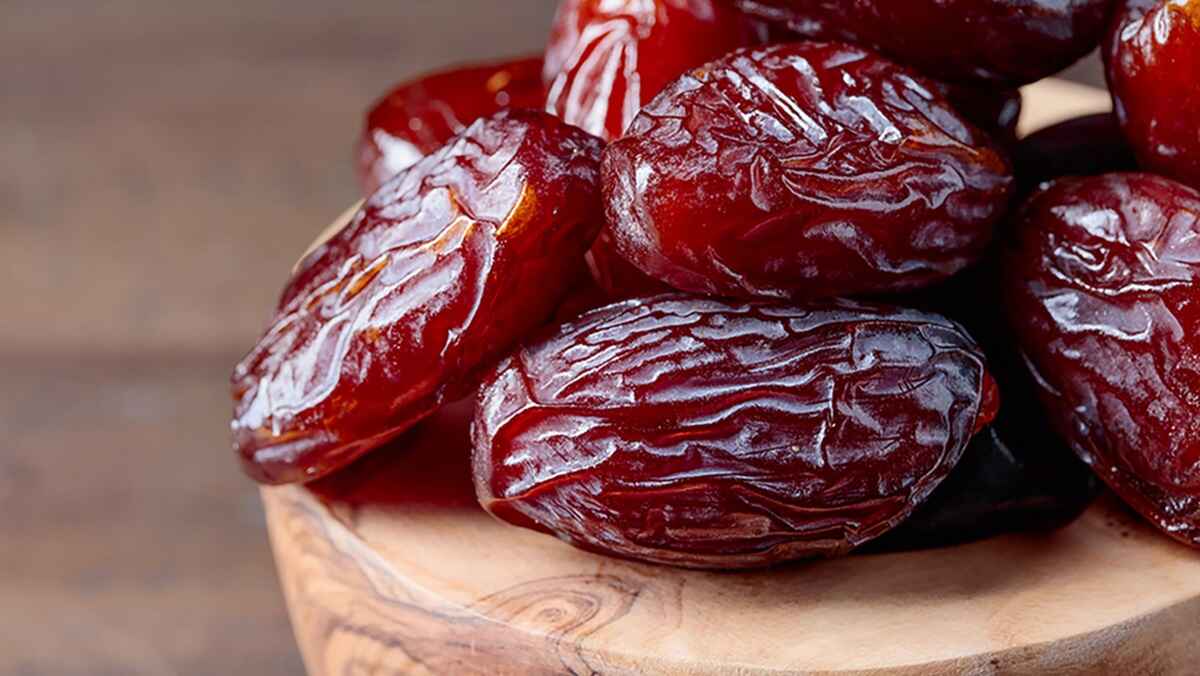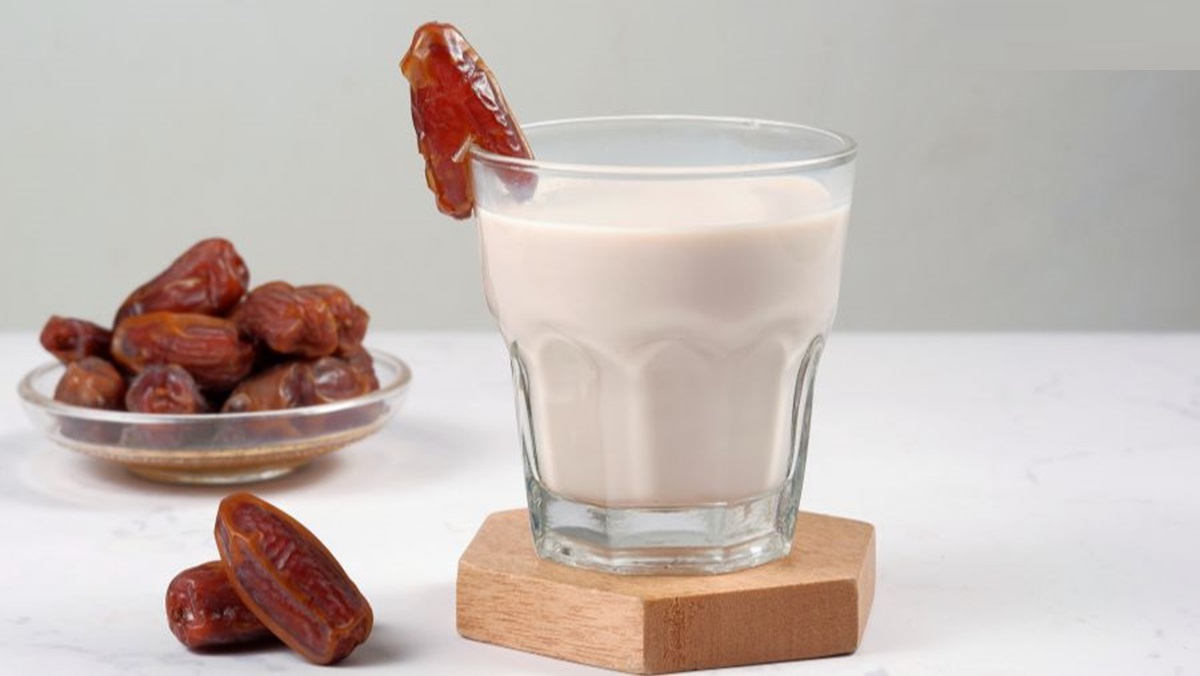Persa Trading, your trusted exporter of the finest Iranian dates, is proud to present a comprehensive guide to the captivating world of Persian saffron. Renowned for its intoxicating aroma, vibrant color, and exquisite flavor, saffron has held a place of prestige for centuries. As you embark on your culinary journey with this “king of spices,” this guide will unveil the ten distinct types of Persian saffron, their unique characteristics, and their ideal uses.
All 10 Types of Persian Saffron
The delicate threads of saffron originate from the Crocus sativus flower. Within Iran, meticulous harvesting and processing techniques create a variety of saffron grades, each catering to specific culinary needs. Here, we (as an experienced exporter of bulk saffron) delve into all ten types, allowing you to explore the full spectrum of this precious spice:
-
Super Negin Saffron (Ironed & Natural): The pinnacle of saffron excellence, Super Negin boasts long, uniform threads with a vibrant crimson hue. Ironed Super Negin undergoes a gentle straightening process, resulting in aesthetically pleasing threads ideal for gifting and presentation. Natural dried Super Negin retains its natural twists and turns, offering the purest expression of the flower’s essence. Both types are exceptionally potent in aroma, flavor, and coloring strength.
-
Negin Saffron: Following closely behind Super Negin, Negin saffron features long threads with a slightly deeper red color. It may include some yellow or orange styles, but its potency remains exceptional. This grade offers a balance between quality and affordability, making it a popular choice for home cooks.
-
Sargol Saffron: Meaning “top of the flower” in Farsi, Sargol saffron (as one of the best types among Types of Persian Saffron) comprises the prized crimson tips of the saffron threads. These short, thick strands pack a powerful punch in terms of aroma and flavor. Look for a deep red color free of yellow or orange for the highest quality Sargol.
-
Pushal Saffron: Derived from the remaining saffron threads and styles, Pushal offers a more subtle flavor and aroma compared to the previous grades. Its golden yellow color and lower price point make it a cost-effective option for dishes requiring a milder saffron presence.
-
Bunch Saffron: A traditional presentation, bunch saffron consists of loosely bound saffron threads with a significant amount of yellow styles. While visually appealing, its potency is lower.
-
Saffron Powder: Ground saffron threads offer convenience but require caution. Saffron powder is more susceptible to adulteration, so it’s crucial to source it from a reputable supplier like Persa Trading.
-
Konj Saffron (White Saffron): This rare and highly prized saffron consists of the colorless base of the saffron crocus flower pistil. Prized for its subtle saffron aroma and digestive properties, Konj (among Types of Persian Saffron) is often used in teas and traditional Persian medicine.
-
Saffron Petals: The dried petals of the Crocus sativus flower hold a very subtle saffron essence. Primarily used for decorative purposes or for steeping in teas for a hint of saffron aroma.
Beyond the Threads: Saffron Extract
While threads are the most common form, saffron also exists in other variations, each with its own uses:
- Saffron Extract: A concentrated liquid form of saffron, ideal for professional kitchens or for adding a powerful saffron touch to dishes.
Choosing the Right Saffron: A Culinary Compass
With a diverse range of ten saffron types now unveiled, selecting the perfect one for your culinary masterpiece becomes effortless:
-
For show-stopping dishes and gifting: Super Negin saffron (both ironed and natural) reigns supreme.
-
For everyday culinary adventures: Negin saffron offers a delightful balance of quality and value.
-
For dishes demanding the most potent flavor and aroma: Sargol saffron is your champion.
-
For budget-conscious applications: Pushal saffron provides a subtle saffron touch.
Beyond the Plate: The Versatility of Saffron
Saffron’s magic extends far beyond the kitchen. Its revered properties have earned it a place in traditional medicine and beauty rituals.
From Flower to Spice: Drying Saffron
Traditionally, saffron drying relies on meticulous handwork. After harvesting the delicate saffron crocus flowers, the crimson stigmas are carefully separated from the petals. These threads are then laid on a fine mesh screen in a cool, dry, and well-ventilated space. Ideally, they are covered with another mesh screen to prevent dust and insects. Turning the saffron threads regularly ensures even drying, which typically takes 5-7 days. This slow, time-honored method preserves the precious volatile oils that contribute to saffron’s exquisite aroma and flavor.
Drying Saffron in the 21st Century
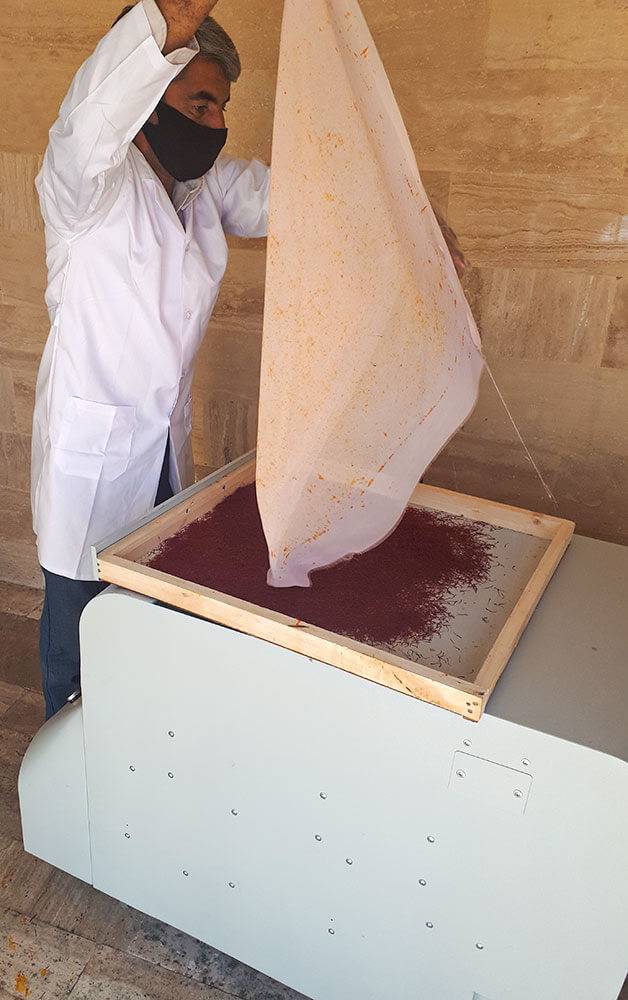
Exploring Varieties Beyond Persia
Iran may be the undisputed leader in saffron production, but this “king of spices” graces fields across the globe. Let’s embark on a journey to discover some of the most notable saffron varieties from other countries and see how they compare to their Persian counterparts:
Spain:
- Spanish Saffron: Renowned for its vibrant color, Spanish saffron boasts a slightly bitter undertone compared to the floral or honeyed notes often found in Iranian saffron. Coupe saffron is the highest grade, comparable to Iranian Super Negin and Negin in terms of quality and price. Other Spanish grades like Mancha (similar to Pushal) and Rio (lower grade) offer a more affordable option.
Greece:
- Greek Saffron: This saffron variety is known for its delicate flavor with a pronounced floral aroma. Greek saffron strands tend to be shorter and lighter in color compared to Iranian varieties. Price-wise, it falls within the range of mid-tier Iranian saffron like Sargol.
Italy:
- Italian Saffron: Italian saffron shares similarities with its Spanish neighbor. The threads are typically red with some yellow or orange styles, and the flavor profile leans towards a slightly bitter taste. Quality and price points generally mirror Spanish saffron varieties.
India:
- Kashmiri Saffron: A prized possession of India, Kashmiri saffron is renowned for its subtle, almost honeyed aroma and deep red color. While the potency might be slightly lower than some top-tier Iranian saffron, the unique flavor profile makes it a favorite for specific culinary applications. Kashmiri saffron holds a price tag comparable to high-grade Iranian saffron like Negin.
Other Saffron-Producing Countries:
Several other countries, including Afghanistan, Morocco, and New Zealand, cultivate saffron. The quality and characteristics can vary depending on the specific region and production methods.
